Spain: History and Struggle
Shortpedia
Content Team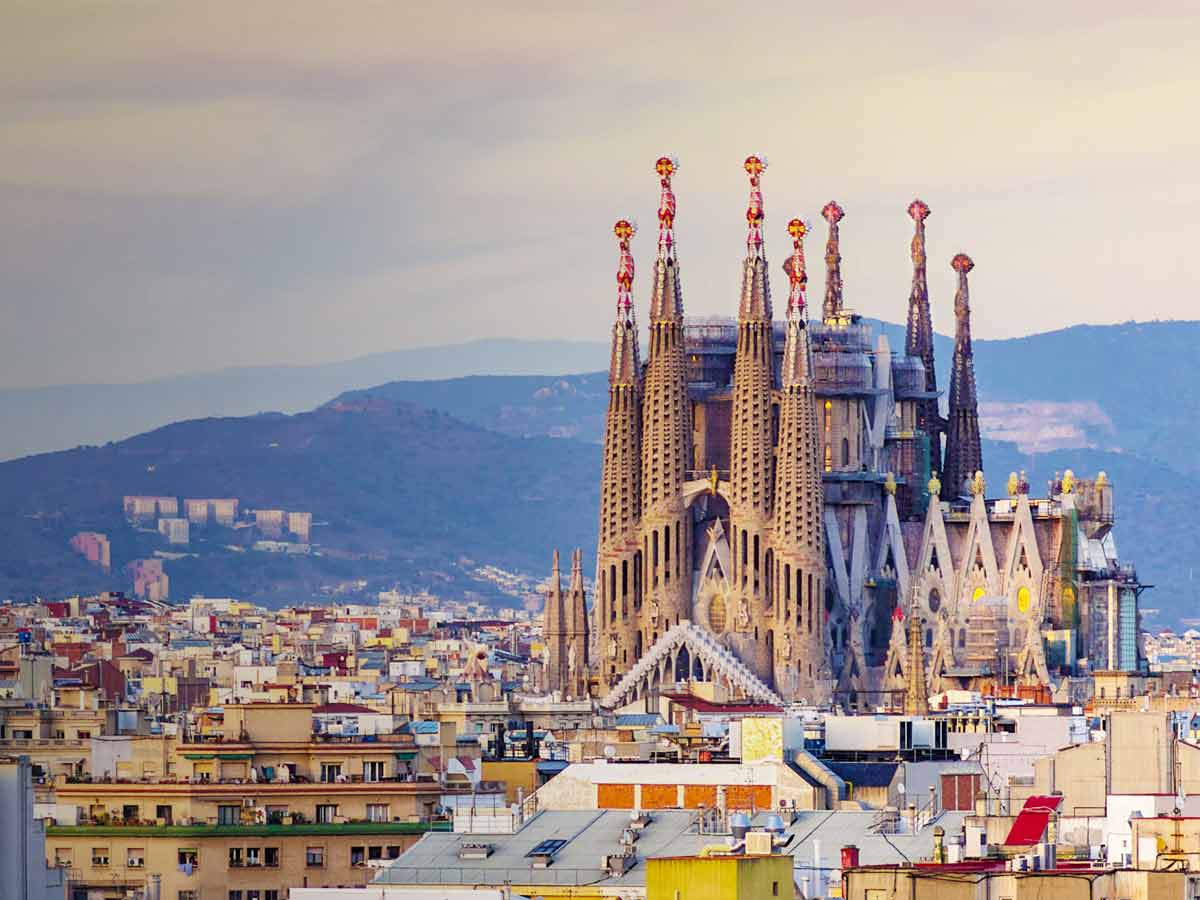
Spain, officially the Kingdom of Spain, is a country in southwest Europe with some territories straddling the Gibraltar Strait and the Atlantic Ocean. The Iberian Peninsula is where it has its European territory. The Canary Islands, off the coast of North Africa, and the Balearic Islands, in the Mediterranean Sea, are part of its territory. Spain is the only European country with a physical boundary with an African country, thanks to the African exclaves of Ceuta, Melilla, and Peón de Vélez de la Gomera (Morocco). Several small islands in the Alboran Sea also fall under Spanish jurisdiction.
The Mediterranean Sea borders the nation to the south and east; France, Andorra, and the Bay of Biscay to the north and northeast; Portugal and the Atlantic Ocean to the west and northwest.
Spain is the largest country in Southern Europe, the second-largest country in Western Europe and the European Union, and the fourth-largest country on the European continent by population, with a total area of 505,990 km2. Spain is the sixth most populous country in Europe and the fourth most populous country in the European Union, with over 47.3 million people.
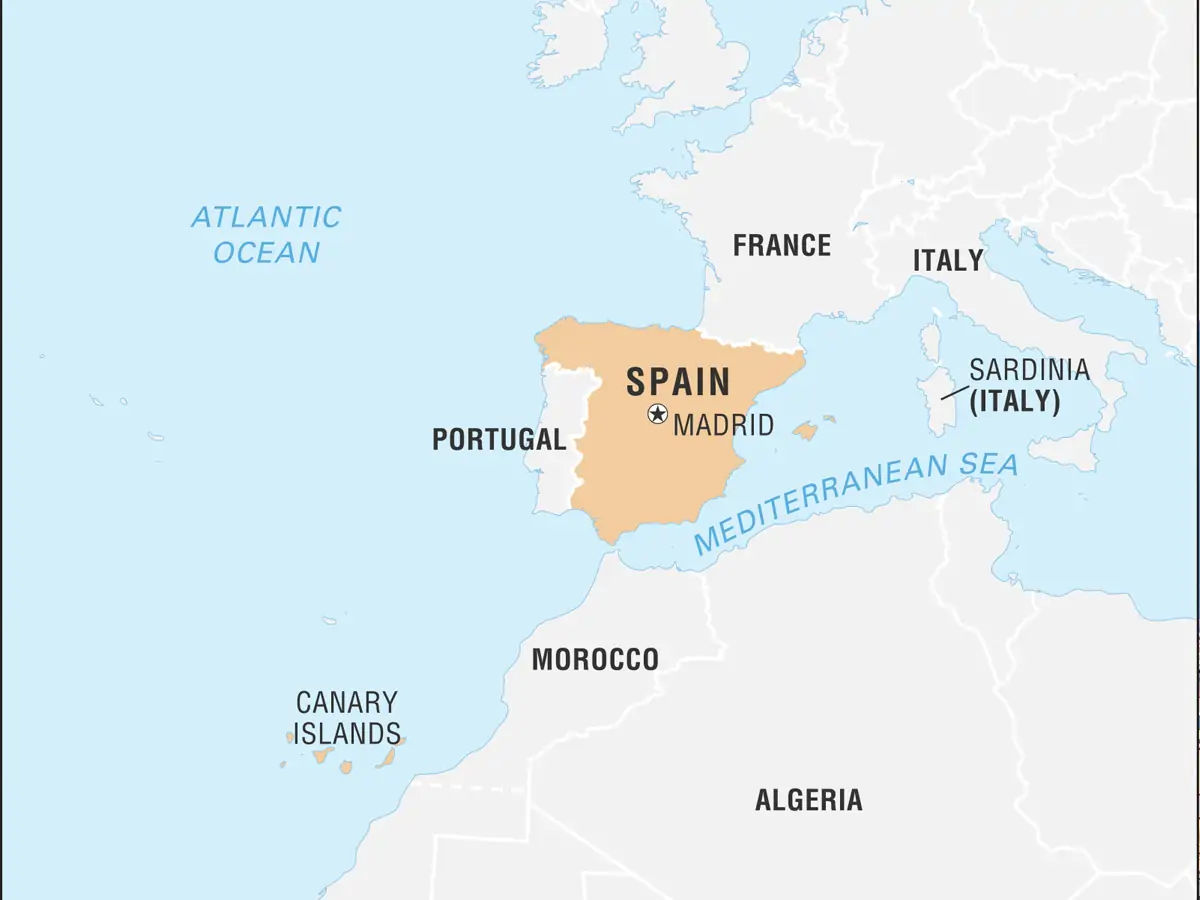
Madrid, Spain's capital and its largest city, is joined by Barcelona, Valencia, Seville, Murcia, Zaragoza, Málaga, Palma, Las Palmas de Gran Canaria, and Bilbao as major cities.
Various cultures evolved in the area, including Phoenician, Greek, Celtic, and Carthaginian, due to migration and settlement. About 200 BC, the Romans invaded the area and named it Hispania, after the Phoenician name Sp(a)n or Spania. Spain remained under Roman rule until the fourth century, when the Western Roman Empire fell apart, allowing Germanic tribal confederations from Central Europe to take over.

By the fifth century, the Visigoths had founded themselves as the dominant group, with their empire covering most of the Peninsula.
The Umayyad Caliphate invaded the Visigothic Kingdom in the early eighth century, ushering in over 700 years of Muslim rule. Islamic Spain grew to be a major economic and intellectual hub, with Cordoba being one of Europe's largest and wealthiest cities. Several Christian kingdoms originated in Iberia's northern reaches, the most important of which were León, Castile, Aragon, Portugal, and Navarre.
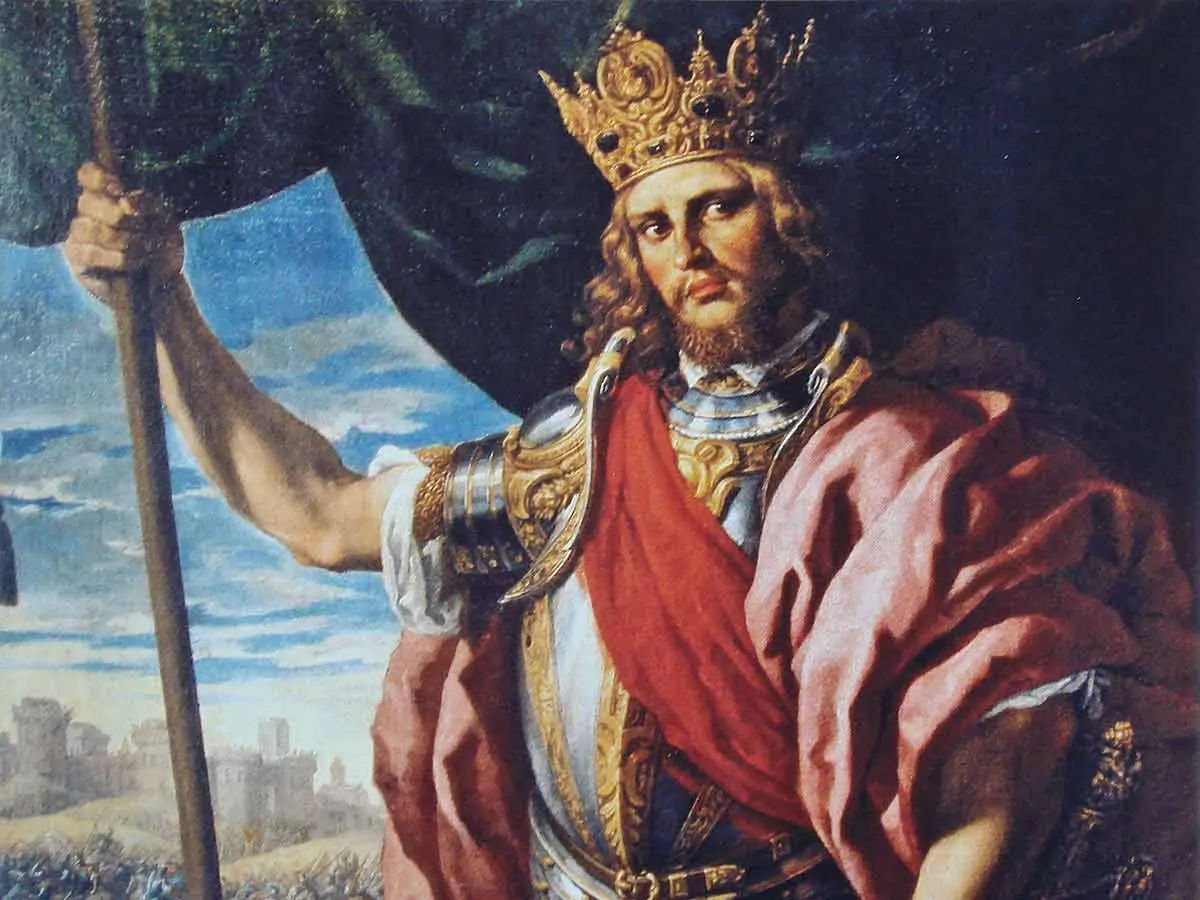
A periodic southward expansion of these kingdoms over the next seven centuries—metahistorical described as a reconquest, or Reconquista—climaxed in 1492 with the Christian takeover of the last Muslim polity, the Nasrid Kingdom of Granada. In the same year, Christopher Columbus set sail for the New World on behalf of the Catholic Monarchs, whose dynastic union of Castile and Aragon is also credited with Spain's birth as a unified nation.
Spain dictated one of the largest empires in history. From the 16th to the early 19th centuries, its enormous cultural and linguistic legacy includes over 570 million Hispanophones, making Spanish the world's second-most spoken native language after Mandarin Chinese. Spain has the third-largest number of UNESCO World Heritage Sites in the world.
With King Felipe VI as its head of state, Spain is a secular parliamentary democracy and a parliamentary monarchy. It is a developed and prosperous country with the fourteenth-largest nominal GDP and the sixteenth-largest PPP economy in the world.

Spain is a member of United Nations (UN), European Union (EU), Eurozone, Council of Europe (CoE), Organization of Ibero-American States (OEI), Union for the Mediterranean, NATO, Organization for Economic Co-operation and Development (OECD), Organization for Security and Co-operation in Europe (OSCE), Schengen Area, and the World Trade Organization (WTO). Although Spain is not a formal member, it has a "Permanent Invitation" to the G20 summits. It attends each one, making it a de facto member.
Iberia is defined in written documents as a land dominated by Iberians, Basques, and Celts. Phoenicians settled the area's coastal areas early on, founding Cádiz and Málaga, two of Western Europe's oldest towns. When more of the Peninsula was gradually absorbed into the Carthaginian Empire, it became a major battleground in the Punic Wars against the expanding Roman Empire. The Peninsula was completely conquered by the Romans after a long invasion. It was ruled by Visigoths in the early Middle Ages. Then Muslim invaders from North Africa occupied most of it.
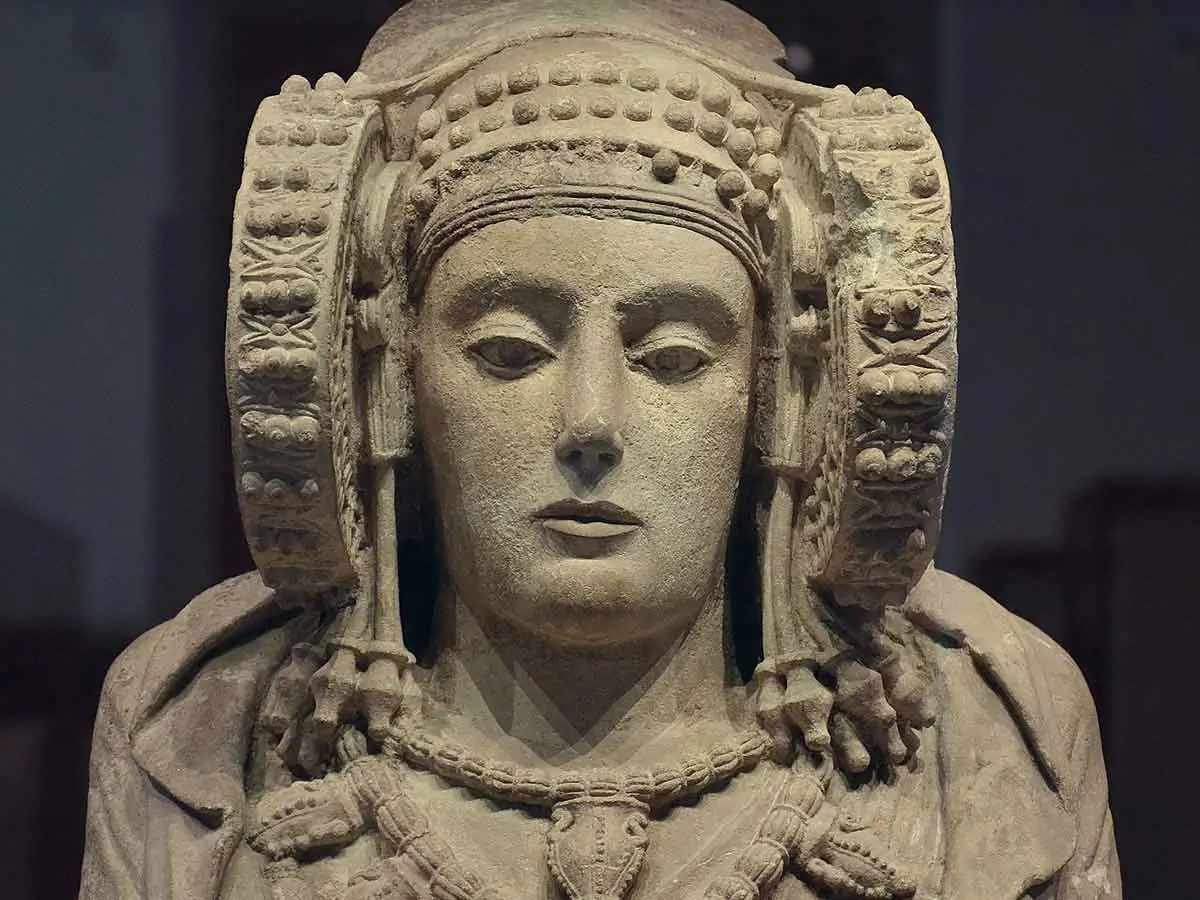
The tiny Christian kingdoms in the north gradually regained possession of the Peninsula over centuries. In 1492, the year Columbus arrived in the Americas, the last Muslim state collapsed. Spain started a global empire that saw it become Europe's greatest kingdom, the world's leading power for one and a half centuries, and its largest overseas empire for three centuries.
As a result of ongoing wars and other issues, the country's status deteriorated. In Spain, the Napoleonic wars wreaked havoc, stirring independence movements that ripped the empire apart and politically unstable Spain.
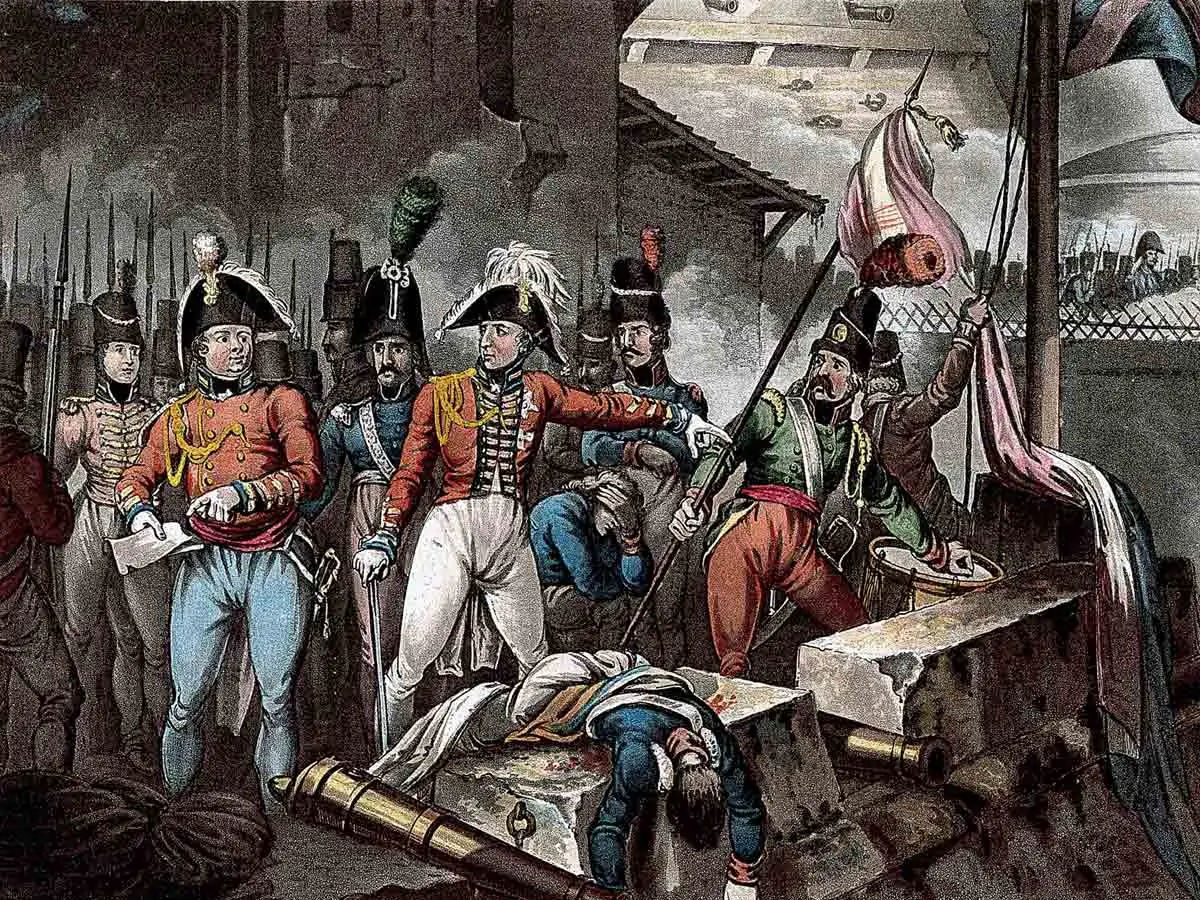
After a destructive civil war in the 1930s, Spain fell under the rule of an authoritarian regime, which ruled over a time of depression followed by a surge in economic development. Democracy was eventually restored as a parliamentary constitutional monarchy. Spain became a member of the European Union in 1957. It enjoyed a cultural revival and steady economic development until the dawn of the twenty-first century, when it entered a modern globalized world with economic and ecological challenges.
After a destructive civil war in the 1930s, Spain fell under the rule of an authoritarian regime, which ruled over a time of depression followed by a surge in economic development. Democracy was eventually restored as a parliamentary constitutional monarchy. Spain became a member of the European Union in 1957. It enjoyed a cultural revival and steady economic development until the dawn of the twenty-first century, when it entered a modern globalized world with economic and ecological challenges.
According to archaeological evidence discovered in Atapuerca, the Iberian Peninsula was inhabited by hominids 1.2 million years ago. Fossils of the earliest known hominins in Europe, the Homo Antecessor, have been discovered in Atapuerca. Around 35,000 years ago, modern humans arrived in Iberia on foot from the north. The famous paintings in the Altamira cave in Cantabria, northern Iberia, made by Cro-Magnon between 35,600 and 13,500 BCE, are the best-known artifacts of these prehistoric human settlements. According to archaeological and genetic data, the Iberian Peninsula was one of several large refugia from which northern Europe was repopulated after the last ice age.
The Iberians and Celts were the two main groups inhabiting the Iberian Peninsula before the Roman conquest. From the northeast to the southeast, the Iberians populated the Mediterranean side of the Peninsula. From the northwest to the southwest, the Celts occupied most of the Peninsula's inner and Atlantic sides. The Basques inhabited the western Pyrenees mountain range and surrounding regions. The Phoenician affected Tartessians thrived in the southwest, and the Lusitanians and Vettones seized the central west. Phoenicians built several cities along the coast, while Greeks established trading outposts and colonies in the east.
The Phoenician-Carthaginians eventually advanced inland into the Meseta. Due to belligerent inland tribes, the Carthaginians were forced to settle on the Iberian Peninsula's coasts.
